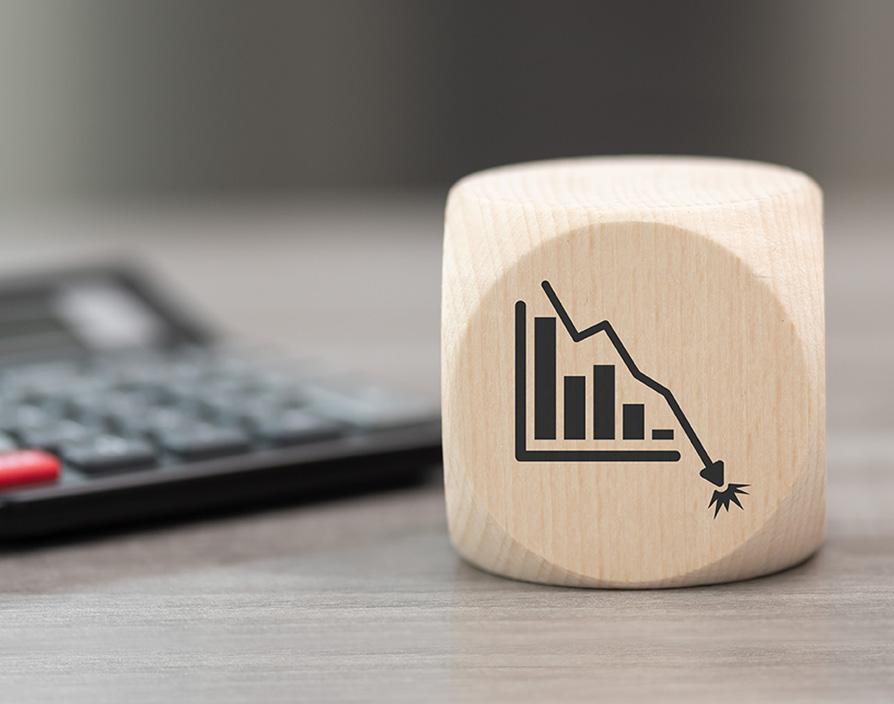Company insolvencies in England and Wales at their highest level since the 2009 financial crash, according to the latest government figures.Insolvencies have increased by 10% from July to the end of September this year, only 2% down from the previous quarter, the statistics show. Insolvency Service data showed that between July 1 and September 30 there were 6,208 registered company insolvencies in England and Wales. Corporate insolvencies are formal measures taken when a business can no longer pay its debts. There has also been a sharp rise in the number of companies at risk of going bust. Firms in “critical financial distress” jumped 25% in the last three months, insolvency expert Begbies Traynor says. They are defined as having county court judgments exceeding £5,000 against them – often a precursor to going under.
There was also a large increase in the number of active companies that entered liquidation between October 2021 and September 2022 compared to the same 12-month period this year, the figures show. Creditors’ voluntary liquidations were the most common company insolvency procedure representing 80% of cases, followed by compulsory liquidations (12% of cases), administrations (8% of cases) and company voluntary arrangements (CVAs; 1% of cases). The total number of company insolvencies was low from the start of the Covid-19 pandemic until mid-2021, likely due to government measures put in place to support businesses. As support started to fall away, inflation and interest rates have risen hitting company’s profits and their customer’s pockets.
“Today’s insolvency figures clearly indicate that the combination of high interest rates, inflation and market uncertainty is undoubtedly beginning to bite,” Jonathan Andrew, Global CEO of Bibby Financial Services said. “The cost-of-doing-business crisis is a very real threat to the UK’s economic recovery and, in particular, the UK’s SME community. The construction, hospitality and retail sectors have been the first to feel the pinch, but the full picture of SMEs’ viability will become clearer after Christmas. By then, we could be staring down the barrel of a gun for insolvencies. Without further support from both the private and public sectors, it’s possible we could see insolvencies exceed the last financial crisis.”
Statistics show company insolvencies were low before skyrocketing in the third quarter of 2021. And they are predicted to continue increasing, according to experts. These companies have entered a formal insolvency procedure after being unable to pay their debts. With inflation rates on the rise, the increase in prices of goods and lack of government support, many businesses are choosing to liquidate to offset the rising costs. “All this comes amid some persisting effects from the aftermath of the pandemic,” Mark Ford, Partner in Restructuring and Recovery Services at professional services firm Evelyn Partners said. “Many businesses have emerged post-Covid significantly more vulnerable, having eaten through their cash reserves just to survive and are often saddled with increased liabilities in the form of Covid loans or landlord or HMRC arrears. Government support has ended, these liabilities must now be repaid, and weaker firms that had been propped up by Covid support or HMRC benevolence are now expiring at elevated levels as those lifelines recede into the past.”
The five industries that experienced the highest number of insolvencies in the 12 months leading to the third quarter of this year were construction, wholesale & retail trade with repair of motor vehicles & motorcycles, accommodation & food service activities, administrative & support service activities and lastly, manufacturing. The large number of insolvencies have been driven primarily by increases across the accommodation & food service, wholesale & retail trade and manufacturing sectors. The prices around Construction and Administrative & support service sectors have shown a much smaller increase. Ford added: “The recent spike in total insolvencies has mainly come from company voluntary liquidations, rather than other insolvency processes, and this suggests that it is business directors taking the decision to liquidate their companies. It would appear that they are concluding that the game is up with the combination of legacy debt from the COVID pandemic and facing very strong financial headwinds and global uncertainty.”
Share via:








































